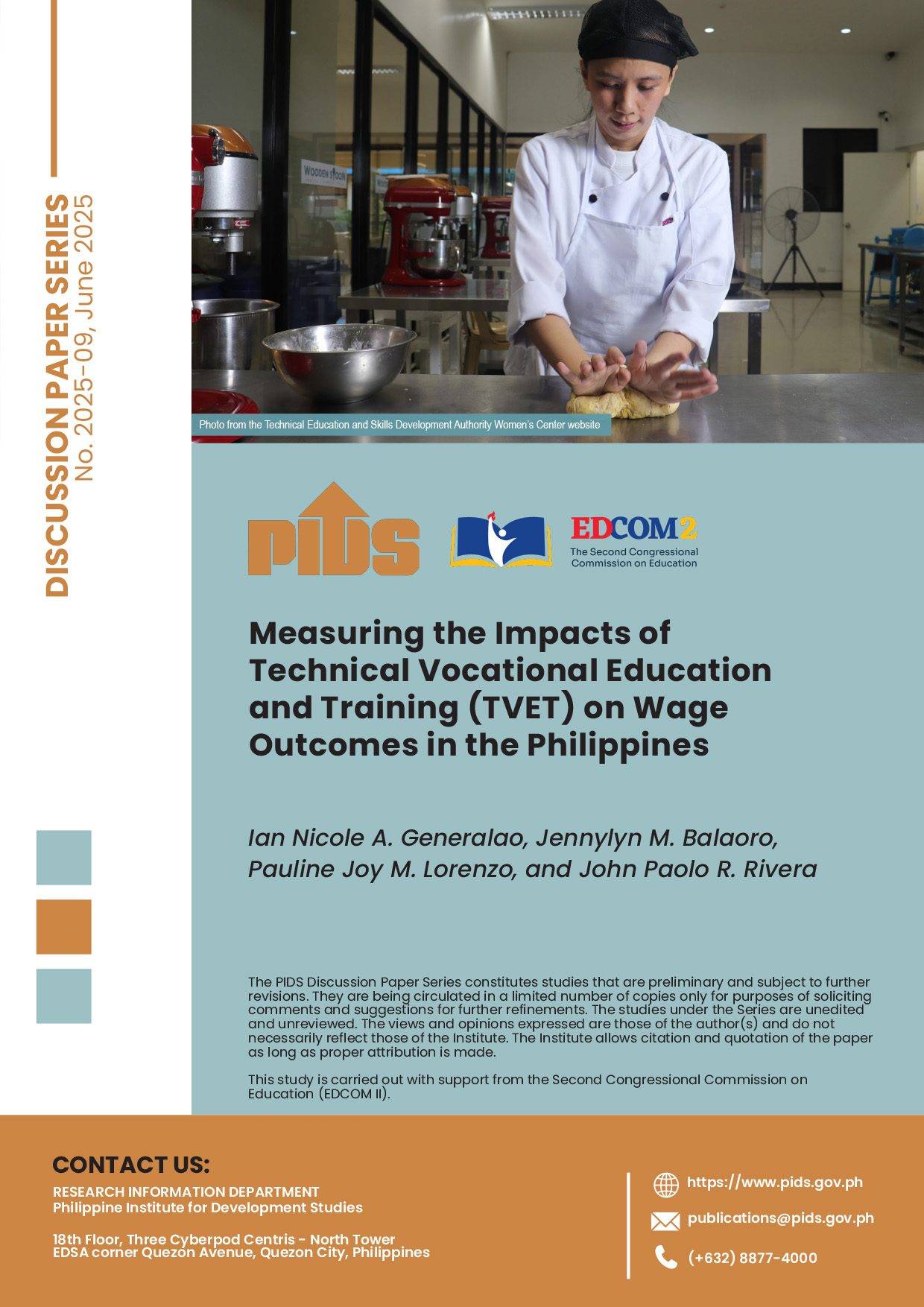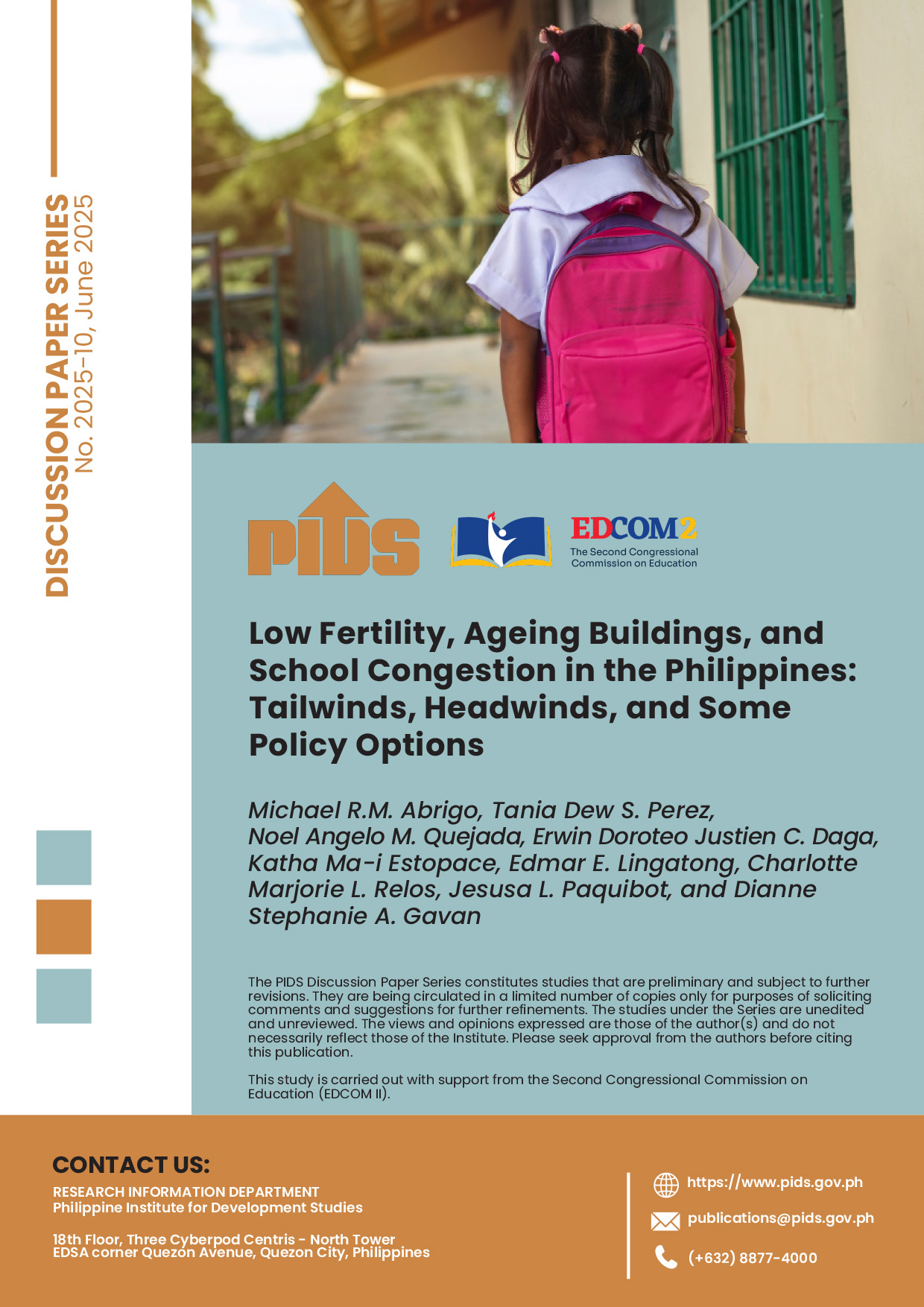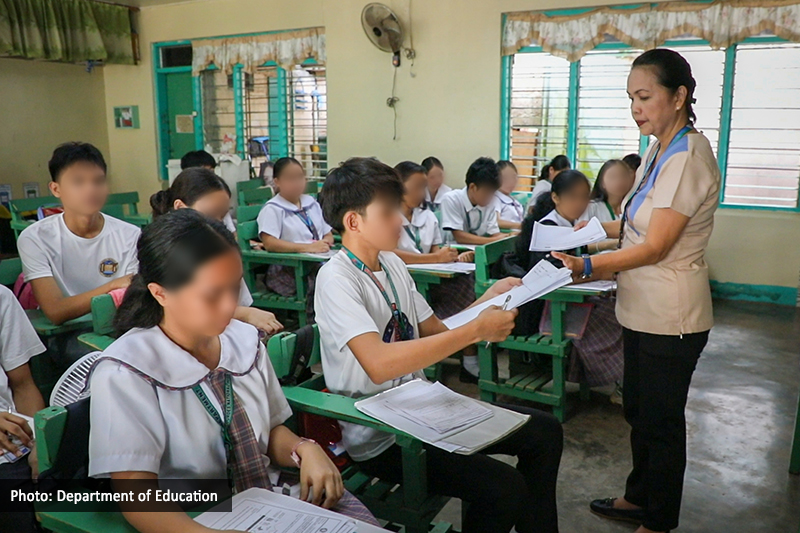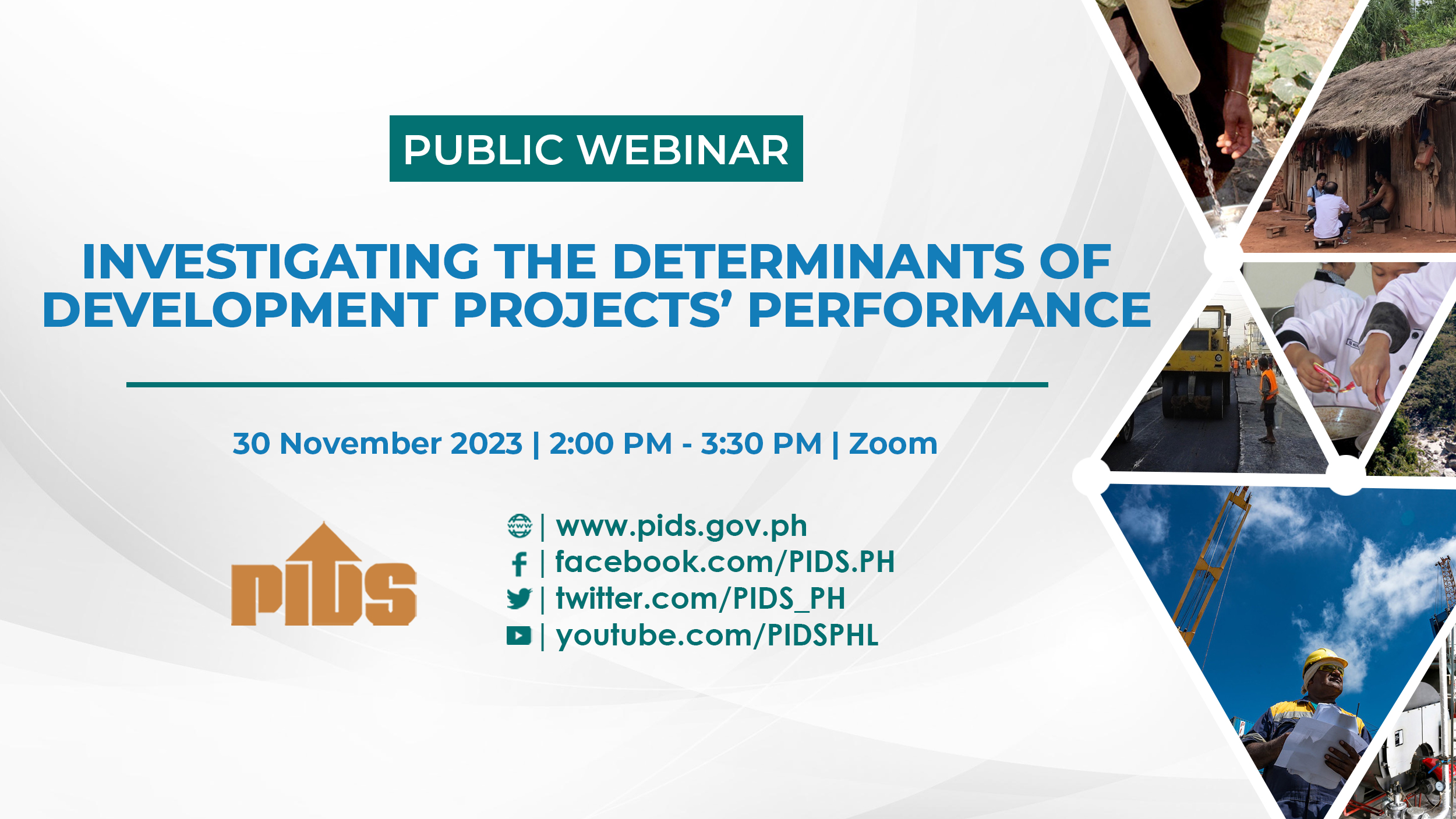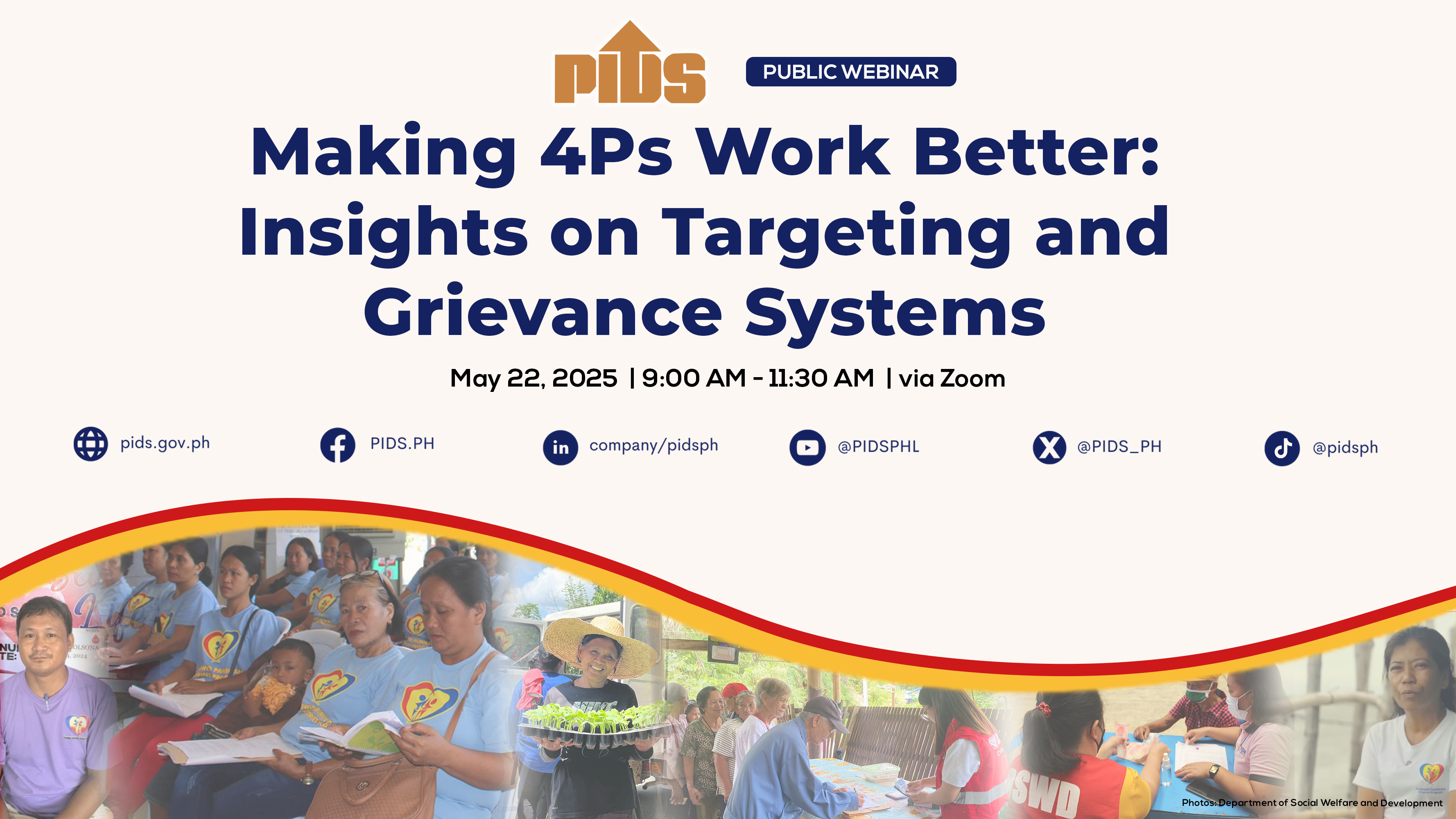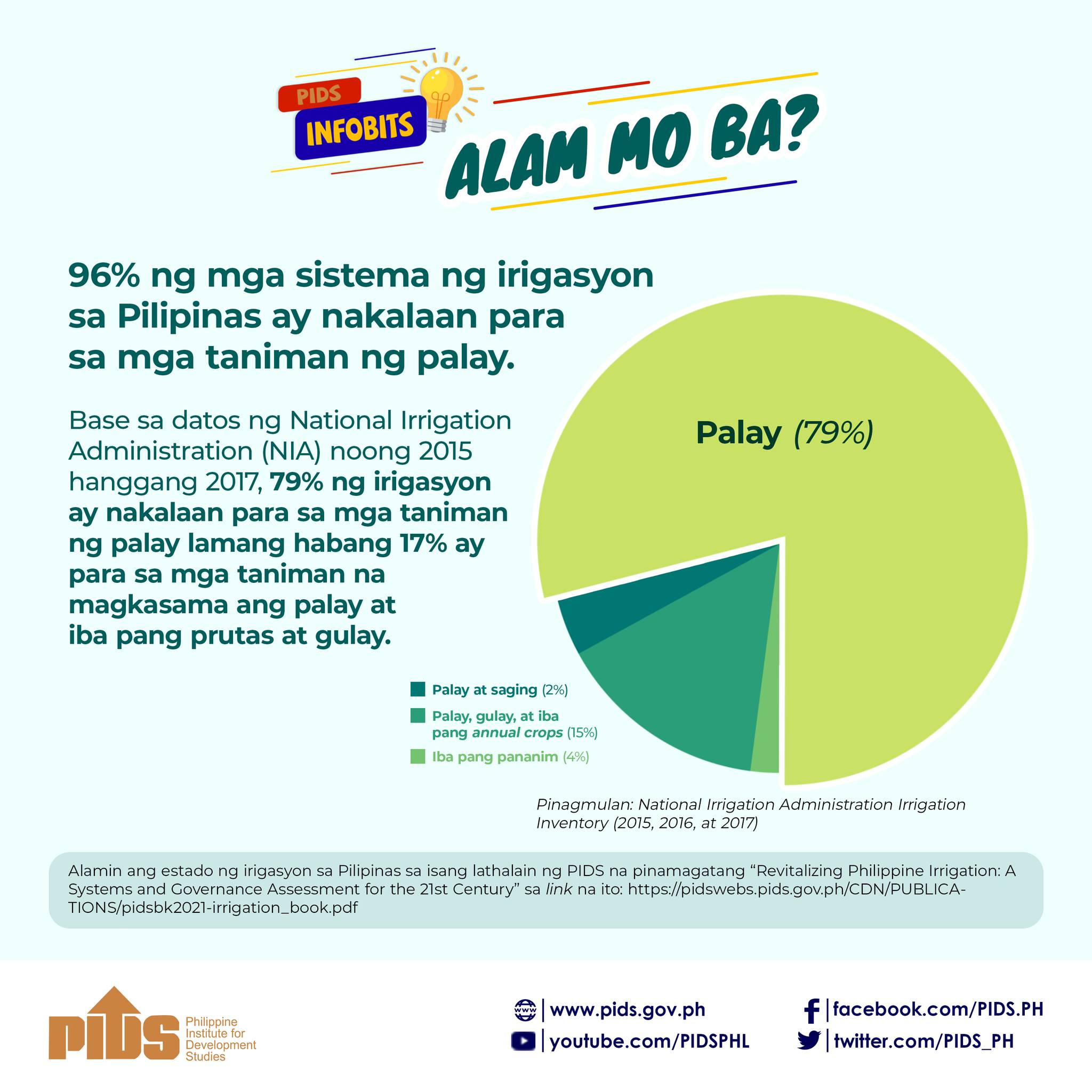The national irrigation systems that started operating in the 1990s showed even poorer performance than before, a study published by the Philippine Institute for Development Studies showed.
According to the policy note titled, Measuring Irrigation Performance: Lessons From National Systems, the disappointing performance of public investments in large-scale irrigation in the Philippines has been documented as early as the late 1980s and early 1990s.
The report, written by PIDS consultants Cristina David and Arlene Inocencio, noted the significant gap between actual irrigated area and design area of selected national irrigation systems.
The government through the National Irrigation Administration (NIA) undertakes the planning, construction, operation and maintenance, and rehabilitation of national irrigation systems.
These are mostly run-of-the-river gravity systems, though a few use large pumps to draw water from big rivers, the PIDS report said.
According to the study, the national irrigation systems are typically more than 1,000 hectares in size, with the largest three systems with water reservoirs for dry season cropping having service areas ranging from about 30,000 to 110,000 hectares.
They presently number close to 220 systems with a total firmed-up service area of 723,000 hectares, and accounted for approximately 78 percent of government capital outlays for irrigation from 1966 to 2012.
"However, the national irrigation systems accounted for only 47 percent of government’s capital outlays for irrigation from 2008 to 2012, much lower than the overall average as bigger budgets were allocated for communal and other smaller irrigation systems in recent years,” the report said.
"Also, while irrigation service fees are collected from farmers, the money does not cover any of the capital cost or the full cost of O&M (operation and maintenance),” it added.
According to the policy note, the large gap between the actual irrigated area and the design area in national irrigation systems was already pointed out in several studies and summarized in the policy-oriented World Bank irrigation sector review of 1992.
Overly optimistic technical and economic assumptions, inadequate water supply, inappropriate designs of irrigation systems, and difficulties in O&M have been listed as the main reasons for the disappointing performance of the national irrigation systems, the study said.
"Yet in 2012, the national irrigation systems showed even poorer performance than before, which should lead us to question the budgetary allocations for those irrigation projects,” the report said.
"Evidently, there was little effort to adopt more reasonable assumptions in estimating design areas; estimates of available water supply continued to be overstated; designs of irrigation systems have not adequately addressed drainage problems, location-specific physical characteristics, rapid urbanization, and so forth; and O&M have not significantly improved,” it added.
The PIDS study emphasized the opportunities to do better planning, construction, O&M, and rehabilitation now much better.
"The constraint appears to be the limited effective demand for improving governance of the sector,” the report said.
"Undoubtedly, the performance of irrigation systems is influenced not just by the quality of governance of the sector itself, but also importantly by factors outside its control,” it added.
The paper said these are the worsening flooding problems caused by constriction of waterways; the rapid denudation of the watersheds that accelerate the rate of flooding and siltation within the irrigation system and reduce available water supply; and the political pressures impinging on the choice of irrigation projects and contractors, proper operations of irrigation systems, as well as the quality of appointments to the bureaucracy.
Based on the report’s findings, a better understanding of the slowdown in the rate of growth of irrigated area in the wet season should be worth the effort given indications of increasing effects of flooding and watershed degradation through siltation of dams and canals.
"The just offsetting rate of growth in the actual dry season irrigated area should serve as a signal to the government that investing in reservoirs alone to increase irrigated areas is no longer enough, and that it is time to also examine investment needs for drainage and flood control in national irrigation systems,” the study said.
The report also said that there is a need for government attention on investments in repair, rehabilitation, and restoration, which are funded under the national budget, instead of corporate operations and maintenance.
"A better understanding of how the money has been spent and the accomplishments of these investments should shed light to this puzzle–why the government continues to spend billions on irrigation and still ends up with about the same size of functional areas,” the study said.//


